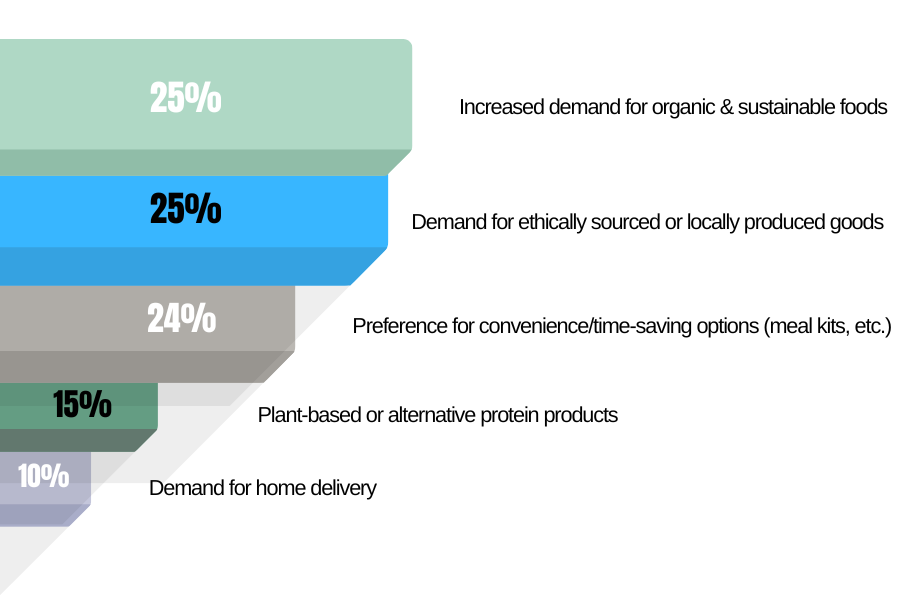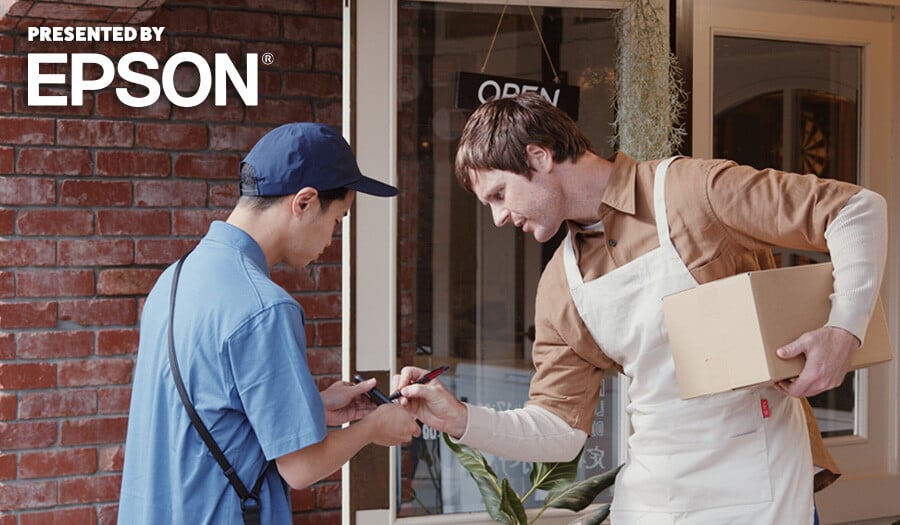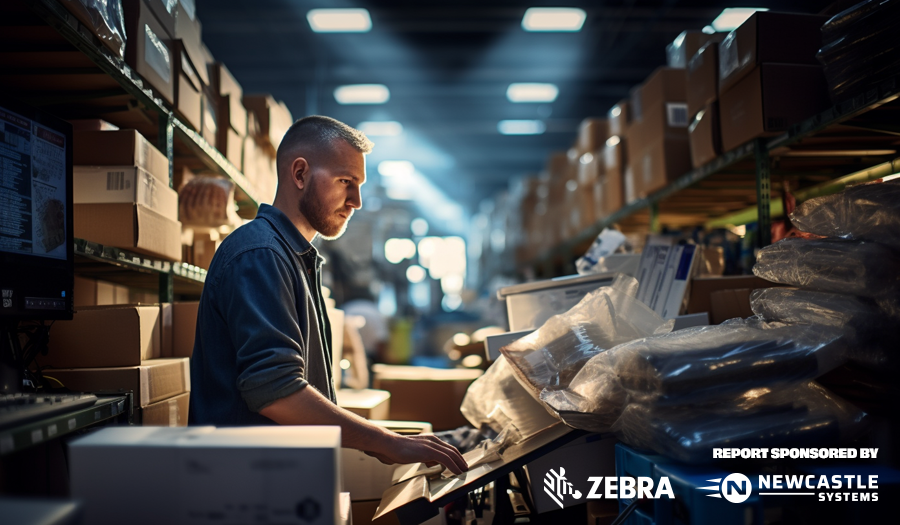The grocery industry constantly evolves, with customer expectations and technological advancements driving significant change. BlueStar surveyed 120 grocery executives across the United States to understand these trends and identify growth opportunities for you—our partners.
A big thank you to HP & Intel for sponsoring this survey!
Our goal was to reach Tier 2 and 3 grocers to ask how they address customer experience and data collection, find out what tech they have embraced (or are still skeptical about), and get their insights into the challenges & potential future direction of the industry.
The Methodology
We employed a third-party data collection agency to gather survey responses. The respondents were recruited through a global B2B research panel and invited via email to complete the survey.
The respondents were required to be Director-level or above and define their department as Executive, IT, or Operations within Grocery chains with between 25 and 499 locations in the United States.
Audience Snapshot
Breakdown by Job Role
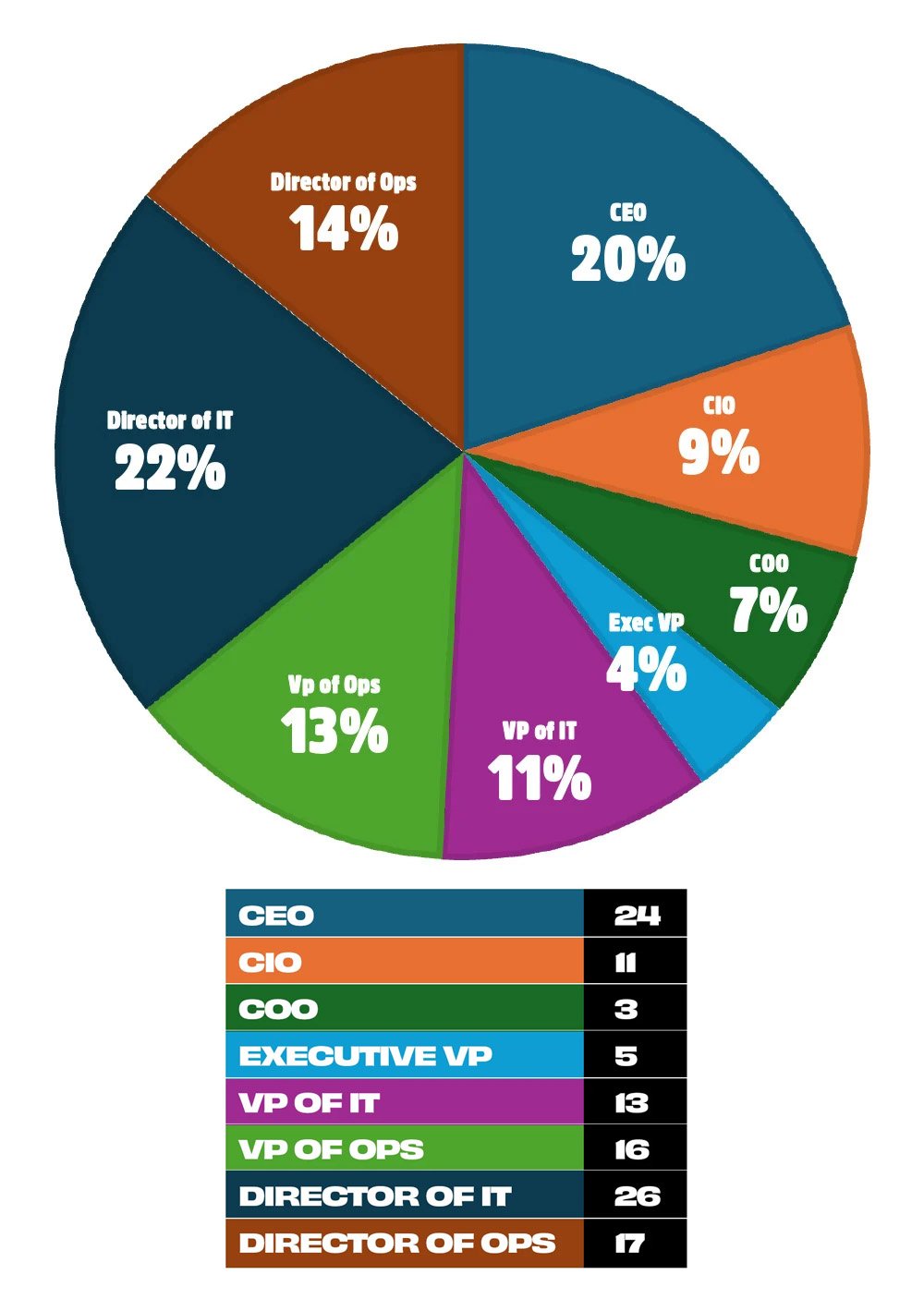
Number of Store Locations

Digging Into the Data
Question 1:
Which of these customer experience improvements do you currently offer?
Personalized marketing (92.5%), loyalty programs (70.83%), and mobile apps/online shopping (80.83%) are the most common customer experience features deployed by grocers. Other options like home delivery and store pickup also saw strong adoption rates.
What we found most interesting was the small percentage (around 30%) offering self- or cashierless checkout. Is this a result of the technology not making its way to smaller chains, grocers scaling back after unsuccessful rollouts, or concerns over shrinkage and theft? The next question could potentially answer part of that.
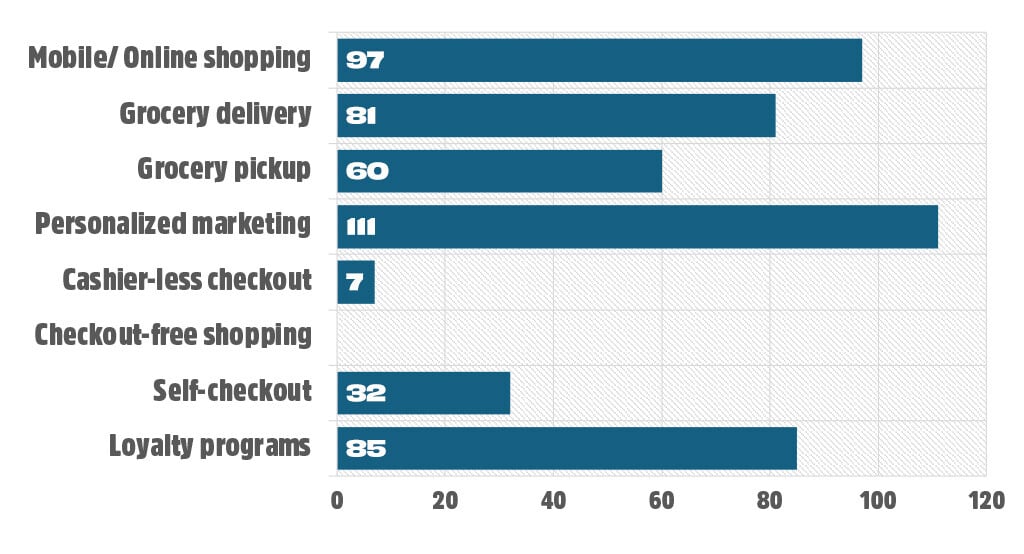
Question 2:
Which would you like to offer in the future?
We see strong interest in options that require few to no human bodies at the checkout, indicating, alongside the previous question, that grocers are not avoiding adopting alternative checkout options due to a lack of interest.
There is still a lot of opportunity at the Tier 2 and Tier 3 levels with self-checkout, as only 25% are currently deploying, and another 35% are interested in the future. This number is surprising, so we examined how it breaks down across business size. 88 total respondents said they weren’t offering self-checkout, and 78 of those (89%) had under 100 locations. SMB grocers see the need but aren't there yet.
Mobile apps and online shopping are the norm, with over 80% offering them today and 16% considering them in the future. Any solution provider looking to unseat a current POS solution must integrate with existing mobile app / eCommerce platforms or have an integrated solution for mobile ordering.
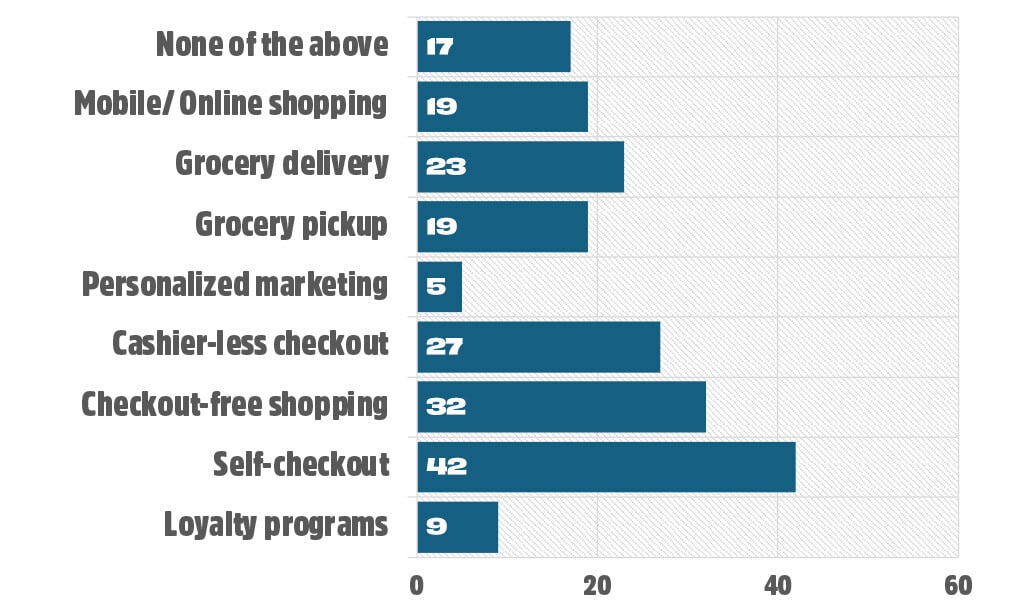
Question 3:
How do you currently collect customer data? (select all that apply)
This question asked the 120 survey respondents to select multiple options. Here is a breakdown of what was selected:
- 96 (out of 120) people, or 80% of respondents, said they use point of sale/checkout to collect customer data
- 100 people, or 83% of respondents, selected opt-in marketing as one of their answers
- 15 people, or 13% of respondents, said they use in-store cameras/sensors for data collection
- 78 people, or 65% of respondents, rely on website/app traffic for their customer data
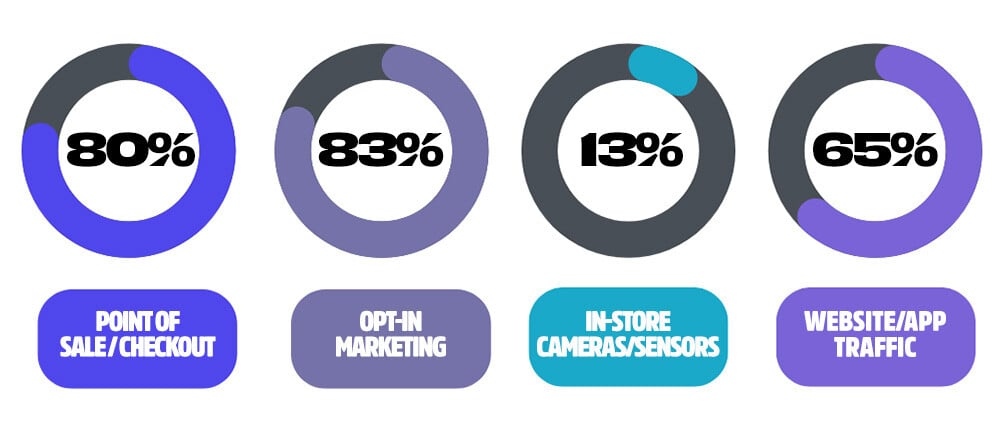
SPONSOR MESSAGE
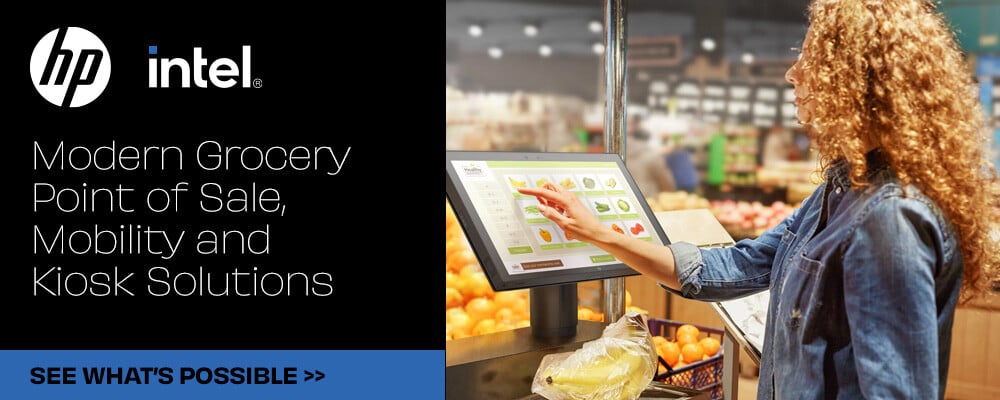
Question 4:
Which areas of your business technology are you most interested in improving?
Nearly half of respondents prioritize customer engagement (48.67%), followed by understanding customer preferences (37%) and inventory management (35%) as the top priorities for technology improvement.
Nearly a quarter of respondents seek loss prevention solutions and to improve POS/checkout technology.
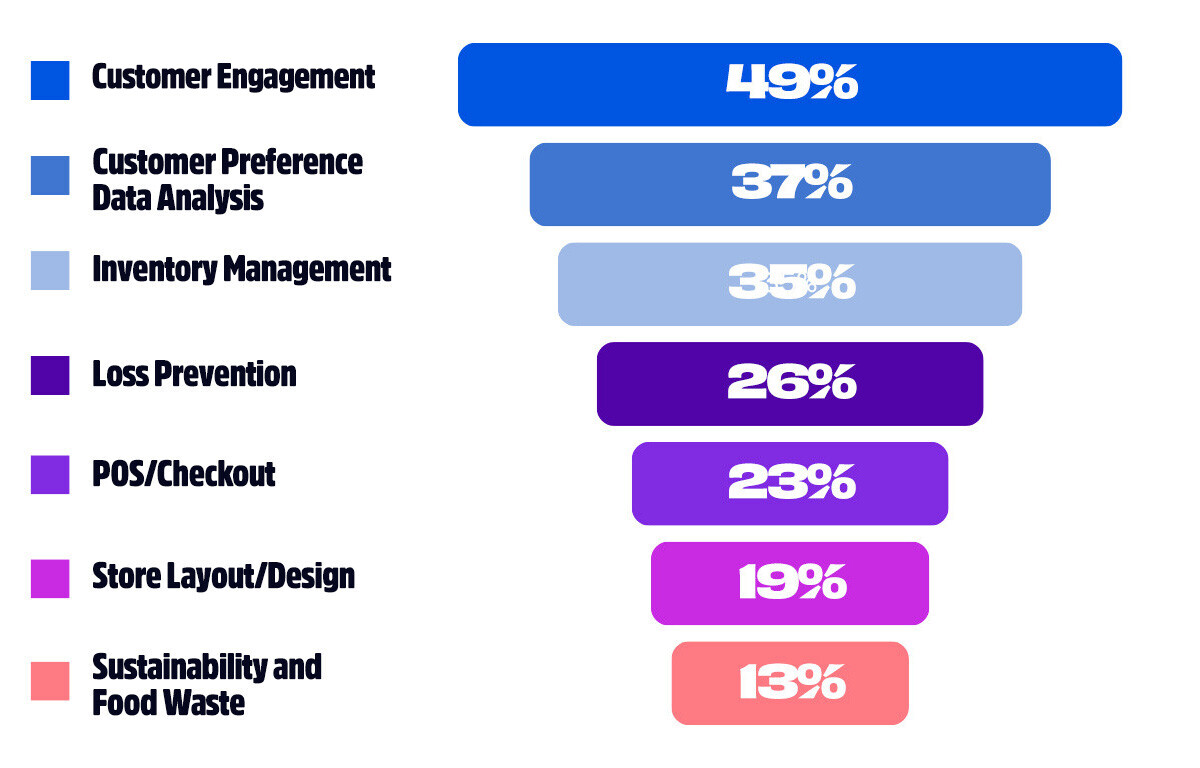
Question 5:
What mobile devices do your associates use in-store or backroom for work functions? (select all that apply)
Most grocery stores deploy barcode scanners and mobile printers, but only about half use enterprise mobile computers and tablets, and 19% use consumer mobile devices for work.
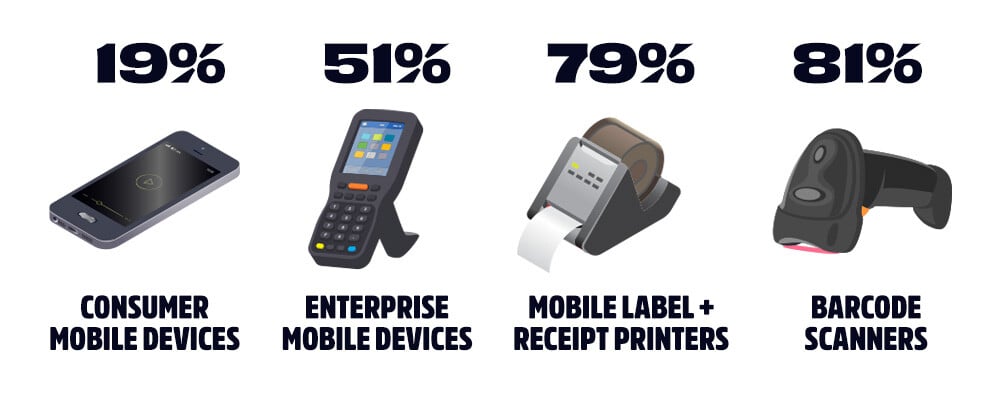
Question 6:
What are your top 3 challenges related to inventory management?
The top inventory management challenges include managing orders with multiple suppliers (51.67%), timely reorders and restocks, and expired or underutilized goods (37.5%). Product differentiation and returns also challenged a third or more.
.png)
Question 7:
What is your level of concern over cybersecurity risks to your operational or customer data?
While only one respondent expressed no concern over cybersecurity, 68% expressed moderate to great concern, and 31% said data exposure was of minimal concern.
With 80% of respondents listing the POS as their primary source of customer data acquisition (question 3) and a big priority on customer engagement (question 4), solution providers in the POS space should:
- Lead with a customer data security story and proof points
- Be thinking about an ecosystem that includes transactions, online shopping, and customer communication—either in an all-in-one platform or in a tech stack that is tightly integrated—if your current grocery offering doesn’t include eCommerce and customer engagement, BlueStar can introduce you to those players
.png)
Question 8:
Which of these emerging technologies do you believe will have the biggest impact on the grocery industry?
Question 9:
What would be your top challenge to implementing these technologies in your stores?
Knowing that innovation and impactful technology are coming is not the same as implementing it, so we wanted to know the biggest hurdles for grocers to apply the next generation of tech solutions. (Psst...this also serves as a guide for where they will need your help!)
Nearly 4 of 10 respondents agreed that robotics and AI were the emerging technologies most likely to impact their industry, and ~25% are also concerned about the expertise required to deploy both technologies. This appears to be an area ripe for solution provider expertise, perhaps even in the form of a managed service.
Grocers would benefit from education on blockchain technology and its application in the food supply chain. Only 17% of respondents see blockchain technology as the most impactful emerging technology in their industry, which is fair in light of the AI and robotics hype. However, we noticed a disconnect in the responses, as “staff training” and “customer acceptance” were noted as the biggest challenges related to blockchain adoption. This points to the possibility that grocers don’t have a solid grasp of blockchain use cases in the fresh food supply chain.

Question 10:
If cost were not a factor, what part of your operation would you first modernize with technology?
It's always good to know what customers would do if cost restraints weren't holding them back (or the perception of cost). Inventory & stock management was the top response (20%), followed closely by customer experience and loyalty (17%), home delivery (16%), and online/mobile ordering (16%).
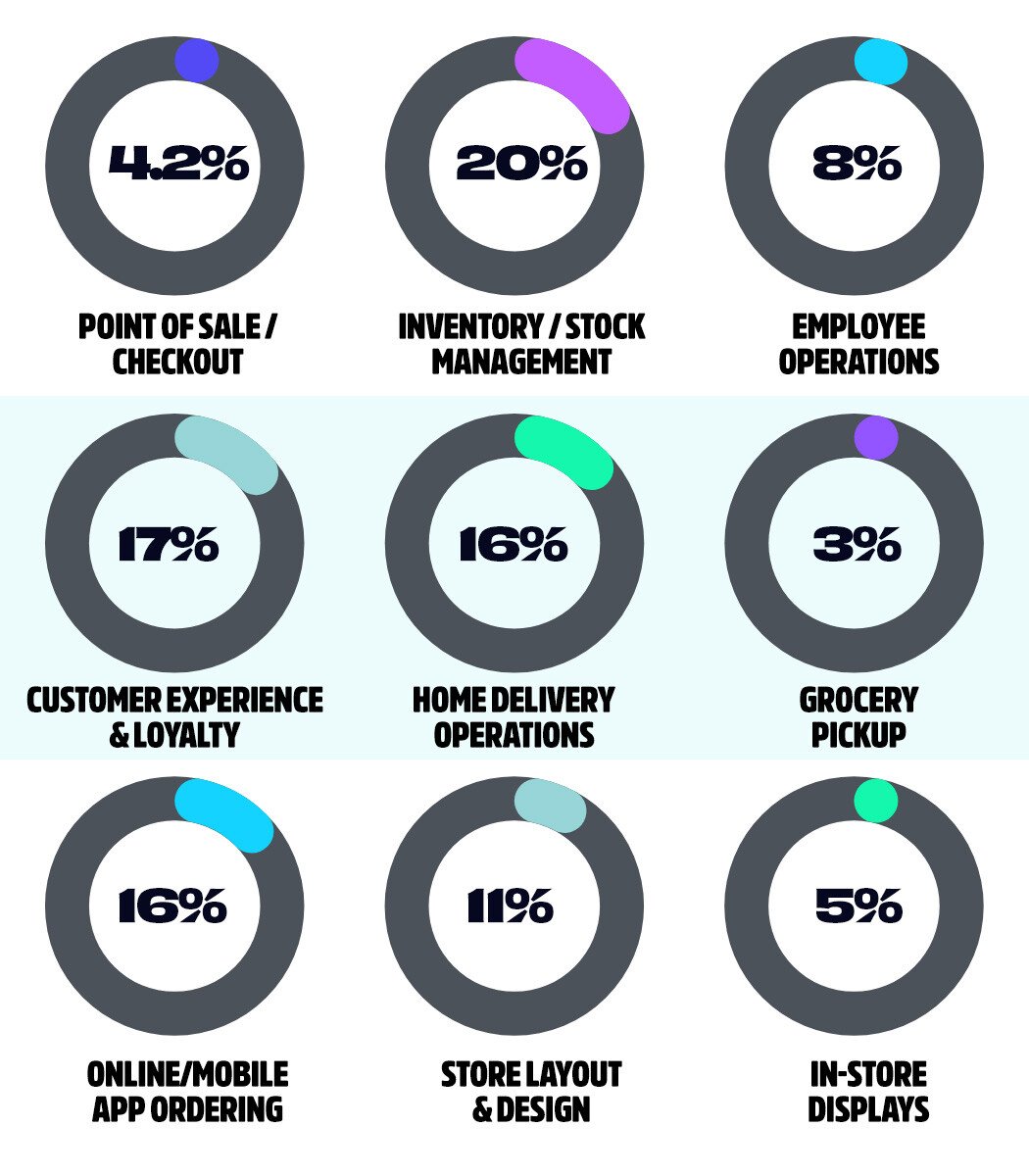
Question 11:
When considering IT or other technology investments for your business, what are your top business priorities? (select 2)
Once again, grocery store executives prioritize technology that enhances the customer experience and increases loyalty, with 46% saying they would put that in their top two priorities.
Improving supply chain efficiencies was among the top two priorities of 32.5% of executives, while food safety/sustainability and staying competitive were also important considerations regarding technology investments.
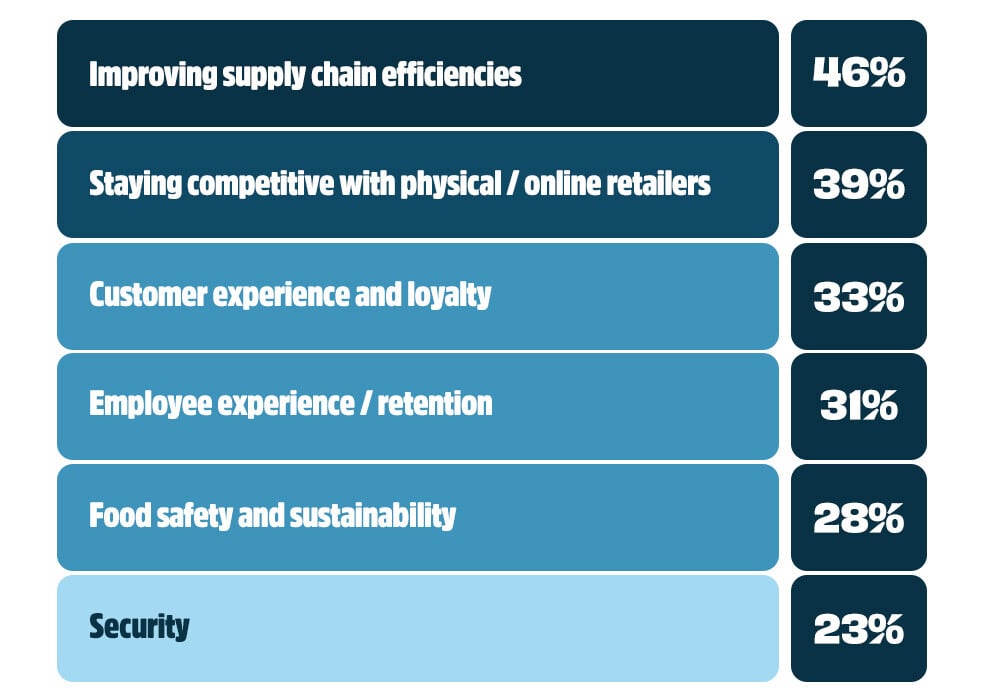
Question 12:
What do you consider the biggest challenge to the grocery industry in the near future?

Question 13:
What consumer behavior trends do you think will most influence your business or industry?
Question 14:
Which of the following POS systems do you have?
NCR POS is the most common system by a pretty large margin (60.83% use it as the main POS), followed by Oracle POS (20%). A significant portion is considering Toshiba POS (56% not using but plan to) and OneView Commerce POS (43.33% not using but plan to).
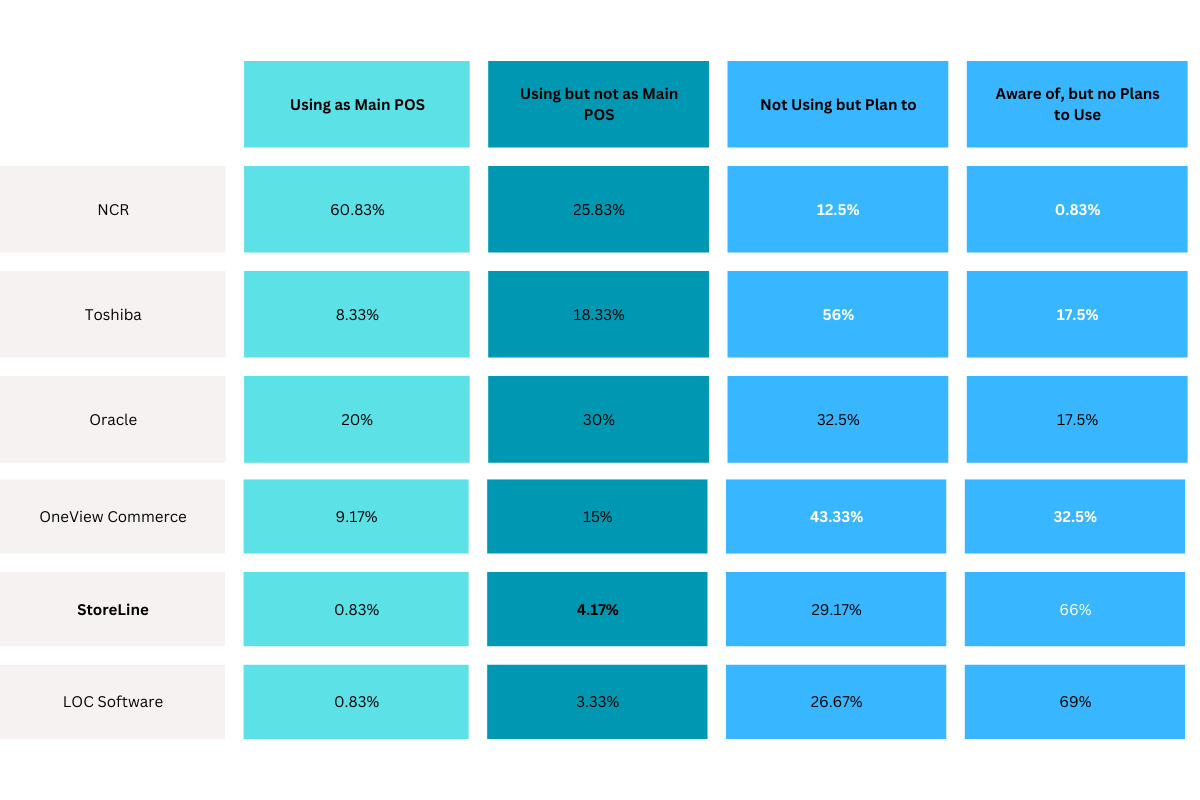
In Summary - Opportunities in Grocery
The U.S. grocery industry is undergoing a period of significant transformation. The executives surveyed seemed well aware of new technology and its benefits, but in many ways, they are still focused on the same things we've seen in the past. Customer service and loyalty are factors driving every technology decision they make.
These responses indicate potential opportunities for VARs to grow their business, position themselves as solution partners, and be prepared for innovation that will surely trickle down from Tier 1 grocery chains.
- Assess the self/cashier-less checkout situation with your customers. Do they need assistance finding and implementing the right solution for their needs or some proof of concept to move forward?
- What's going on with data? Most grocers are finding ways to collect it, but what do they actually do with it to improve their business and customer experience? You could help answer that question, and there are an increasing number of partners, many with AI-enabled solutions, who can help.
- Inventory, inventory, inventory. Inventory solutions are top of mind for grocery executives and could impact every part of the business, from the receiving dock to the point of sale. How do your solutions address inventory concerns?
- Become an emerging tech expert. Even if you don't see an immediate path for new technologies like AI, computer vision, or robotics with your tier 2/3 grocery customers, they are coming, and you can be the first call when that happens by staying knowledgeable and ensuring everyone knows it. Also, ensure they are properly educated on concepts like blockchain to understand how it will impact their business.
- Is cost a factor? Refer to question 15 and find out if you have cost-effective solutions and partners to get grocers where they want to go. And hey, if you need financing help, talk to us at BlueStar!
- Focus on priorities, challenges, and trends. When offering solutions or conducting discovery work on your customers, keep their core interests and observations in mind. This includes addressing customer experience and changing habits, food safety, and staying competitive with tier 1 and online grocery options.




